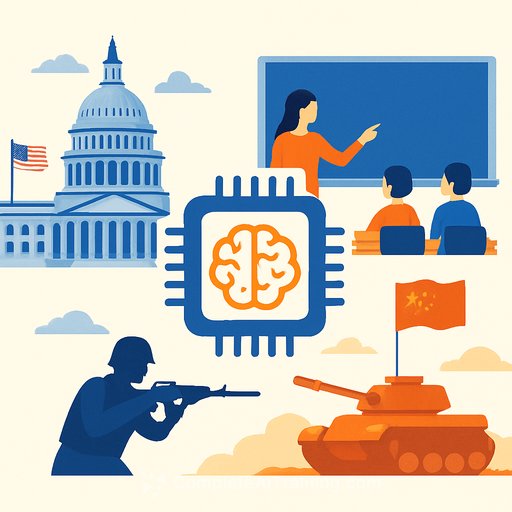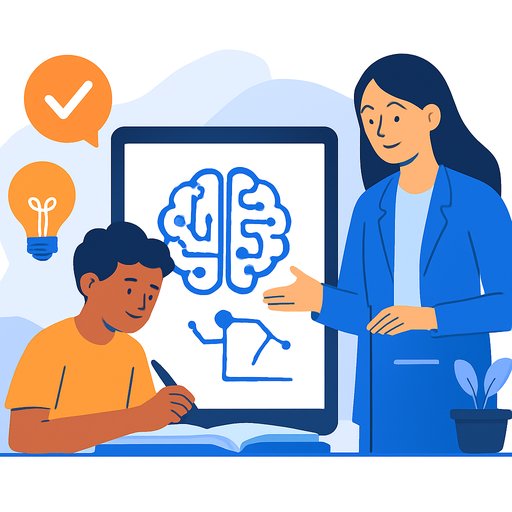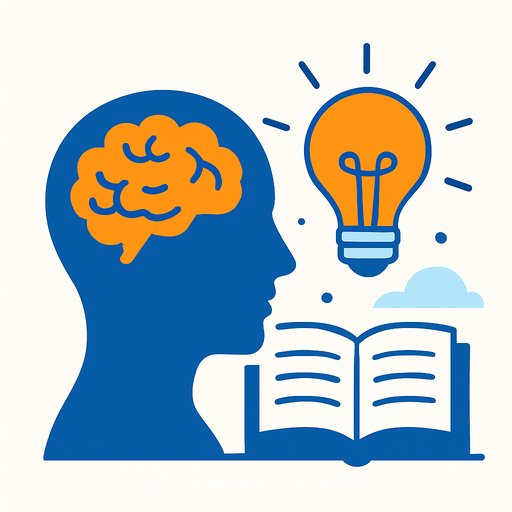The Rise of AI in Education: Benefits and Challenges for Students and Educators Alike
AI is now part of daily school life. From personalized practice to auto-grading and analytics, it can remove busywork and free up time for teaching. But it also raises fair questions about equity, authenticity, and how we keep the human core of learning intact.
Where AI Helps Right Now
Teachers can automate repetitive tasks and spend more time with students. Intelligent tutoring tools, like Khan Academy's Khanmigo, give students on-demand practice while surfacing data educators can use to adjust instruction.
Students are noticing the upside. "I think AI is a resource we can use for the better," said senior mass communication student Shani Green. "It's about how we choose to use it, if we use it responsibly, it can make learning more creative and personalized."
Where It Can Go Wrong
Overreliance is real. "I'm more interested in the traditional way of learning and communicating," said Carey Bynes-Jones, a Master of Public Administration candidate at Savannah State. "I think too much dependence on AI technologies can take away from real understanding and human interaction needed for concepts to really stick with students."
Bias and access are also serious concerns. Models reflect the data they're trained on. If your students don't have equal access to devices, bandwidth, and support, the gap widens. Add in data privacy questions, and you have a clear need for guardrails.
A Balanced Approach
Many educators agree on the middle path. As Dr. Anthony Nixon, adjunct professor at Wiley University, puts it: "AI should complement, not replace educators." That means using AI to extend your reach, not outsource your role.
- Define approved uses (e.g., idea generation, practice, feedback) and off-limits uses (e.g., submitting AI-written work as original).
- Teach AI literacy: strengths, limitations, and how to fact-check outputs.
- Protect privacy: minimize student data shared with tools; review vendor policies.
- Address access: provide devices/time in class or offer offline alternatives.
- Keep human checkpoints: conferences, oral defenses, process artifacts.
Practical Moves for Teachers and School Leaders
- Run short pilots with clear success criteria (time saved, learning gains, student engagement).
- Update assessment: value process (drafts, notes, reflections) and in-class performance.
- Create a simple disclosure policy: when students use AI, they note the tool and what it did.
- Offer quick PD sprints: prompts for feedback, rubric-aligned AI assistance, bias checks.
- Choose tools with transparent data practices and opt-out options.
- Communicate with families about benefits, limits, and how you protect student data.
Keeping Academic Integrity Without Policing Everything
Move more work into the open. Ask for thinking traces: outlines, drafts, citations, and revision notes. Use short oral checks and in-class tasks to confirm learning. If AI is allowed, require a reflection on how it helped and what the student changed.
Time-Savers That Don't Dilute Teaching
- Automated feedback on mechanics and clarity, followed by teacher comments on substance.
- Question banks and differentiated practice sets generated from your standards.
- Summaries of student misconceptions from exit tickets to plan tomorrow's lesson.
- Transcription for accommodations and quick lesson recaps.
Policy and Ethics: Keep It Simple and Clear
Adopt a short, living policy: purpose, acceptable use, privacy rules, and reporting issues. Align it with your district guidance and national recommendations, such as the U.S. Department of Education's perspective on AI and teaching (official report).
Action Plan You Can Start This Month
- Pick one class and one task to automate (e.g., first-draft feedback). Track minutes saved.
- Pilot one student-facing tutor for independent practice with clear usage rules.
- Revise one unit assessment to include process artifacts and a brief oral check.
- Run a 30-minute AI literacy mini-lesson: what it does well, where it fails, how to verify.
The Bottom Line
AI can reduce busywork, expand practice opportunities, and inform instruction. It can also create shortcuts that shortchange learning if left unchecked. The win comes from clear boundaries, equitable access, and a commitment to keep humans at the center of the classroom.
Keep Learning
If you're building your AI skill set by role, explore curated options here: AI courses by job. For educator-friendly tools and examples, see Khanmigo for tutoring use cases.
Your membership also unlocks:






